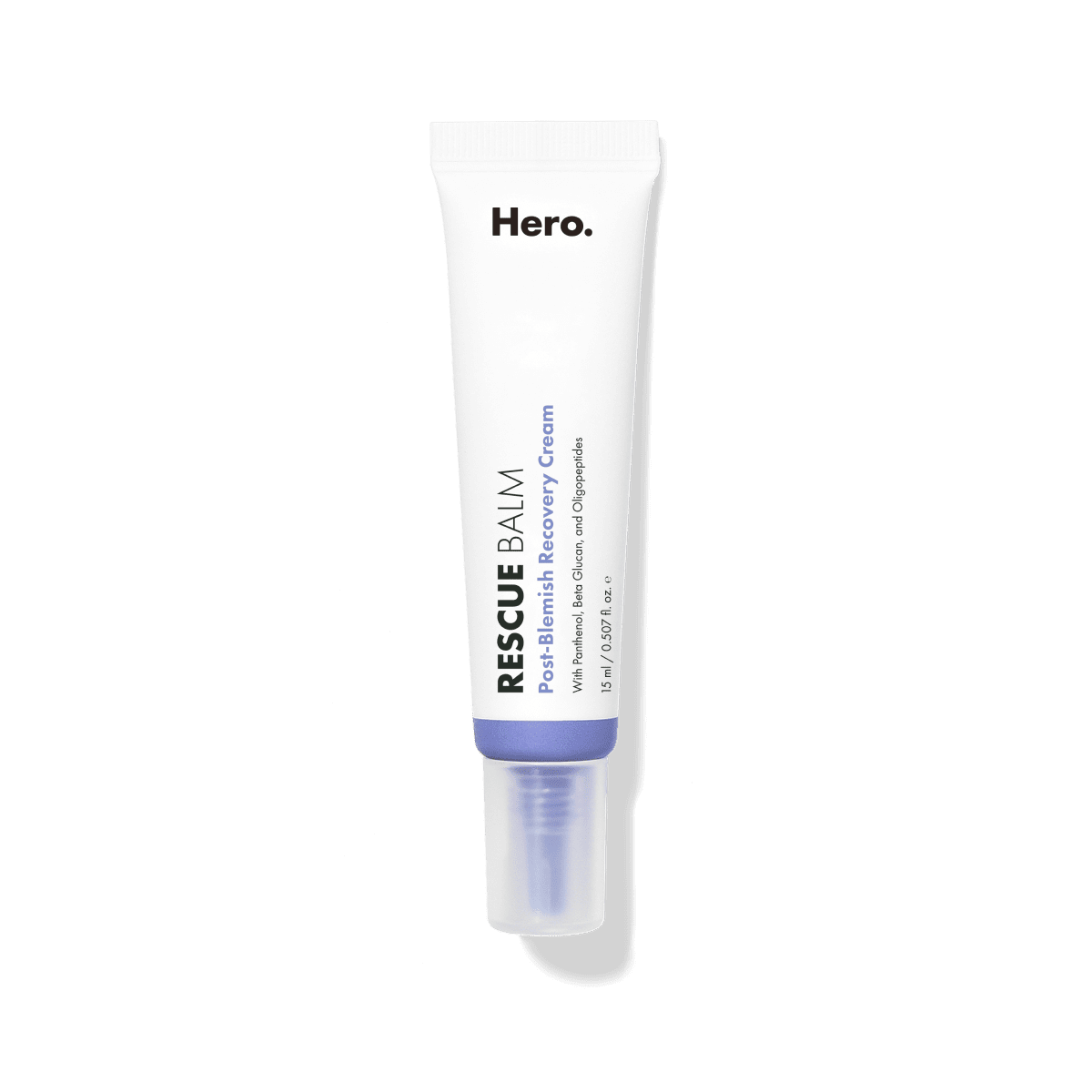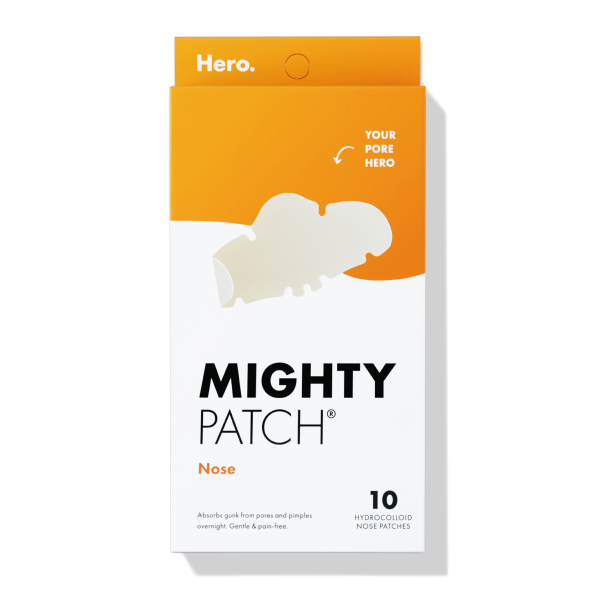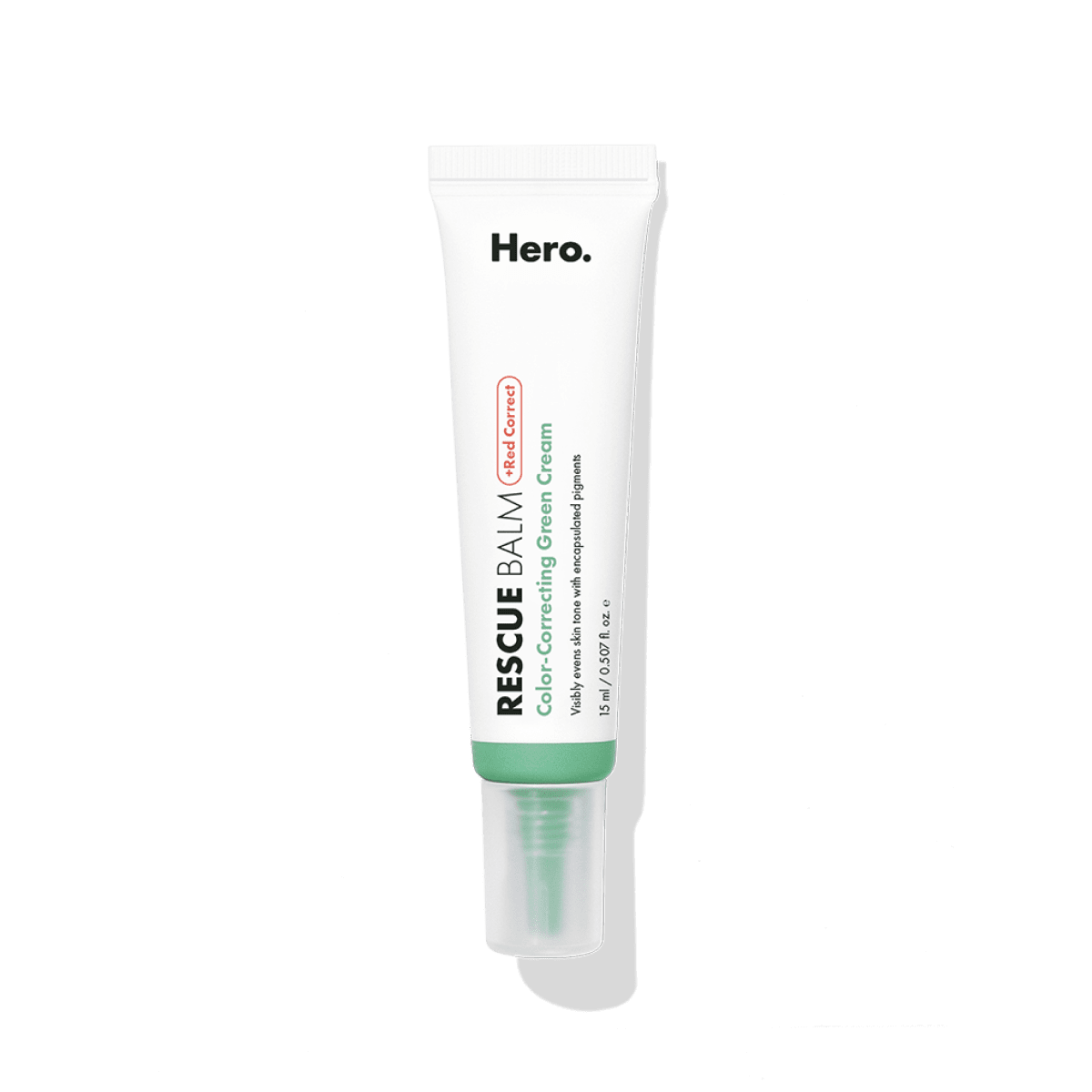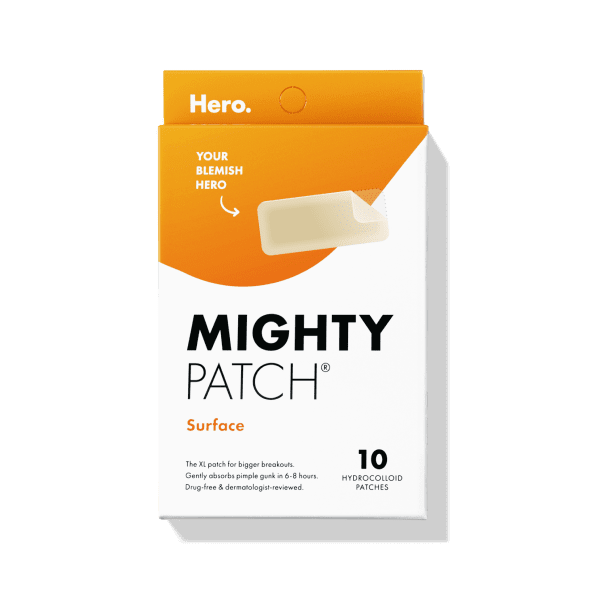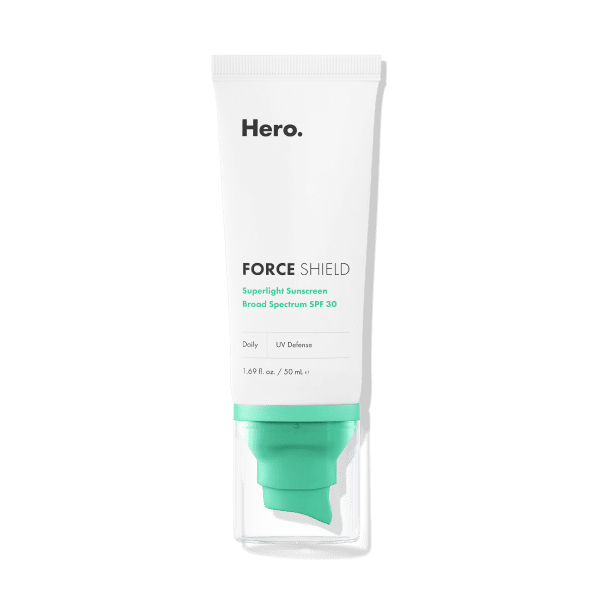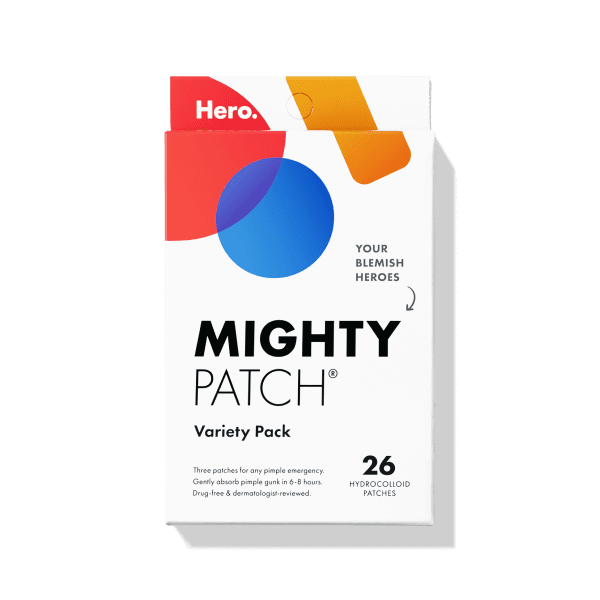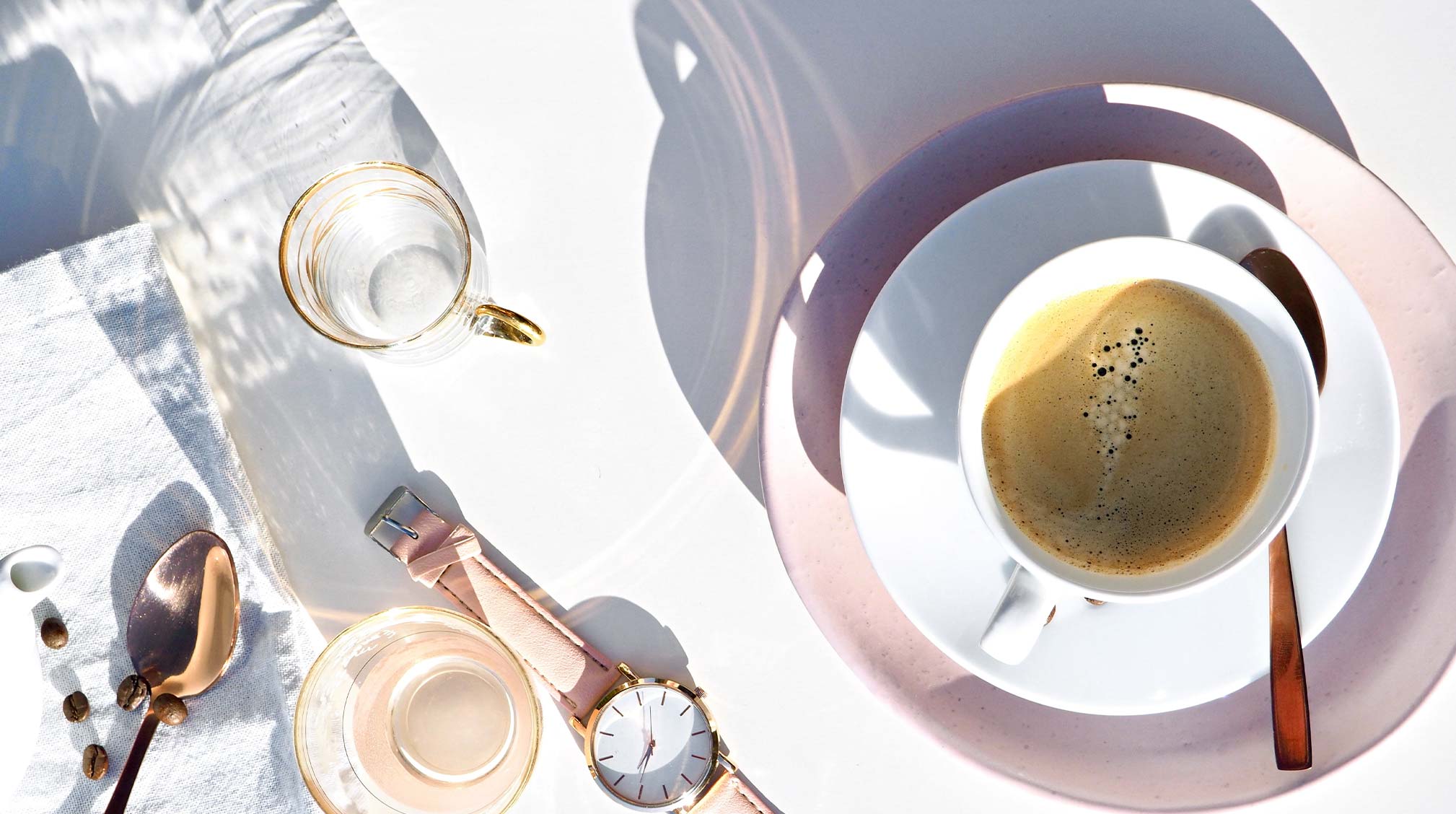
How do you like your coffee? Dark? Light? We’re going to go ahead and assume you love a nitro cold brew on Monday mornings and ice lattes on Friday afternoons. Coffee is addicting and over half the country is drinking it everyday. The United States consumes 146 billions cups of coffee per year which is equivalent to 400 million cups a day!
The truth is, we’ve developed a reliance on coffee. 55% of people said they would rather gain 10 pounds than give up coffee for life. We rely on coffee to stay awake during class and alert during meetings. But you’ve probably drank too much coffee once and felt your heart racing or hands shaking. Why is that? We claim we can't live without our morning cold brew, but how is coffee affecting our bodies negatively? And what is it doing to our skin? Does coffee cause acne?
First, let’s take a dive into caffeine biology.
Caffeine biology
For starters: Adenosine is a neurotransmitter in the body that binds to adenosine receptors to slow down nerve cell activity and induce drowsiness. (You release more adenosine as you relax or go to sleep!) And to a nerve cell, the cell structure of caffeine looks extremely similar to adenosine.
Caffeine competitively binds to the adenosine receptor, but unlike adenosine, caffeine doesn’t slow down the brain– it just blocks the receptor and forces the nerve cells to keep going strong.
So that’s why your brain is super alert. How does it keep you awake? Because adenosine is blocked, your brain can’t relax and that makes your brain think that some sort of emergency is happening because you’re in a heightened stress mode for a prolonged period. During this time, your brain is also releasing stress hormones (cortisol), increasing adrenaline and rising in dopamine levels. Psychologists believe that this effect is the main contributor to America’s caffeine addiction. The increase in dopamine and adrenaline rush all makes us feel good – temporarily.
The aftermath and connection to acne
Now that you know a little bit about caffeine addiction, let’s connect the dots. Caffeine makes your body awake and alert, which means more stress on your body and less sleep for the brain. Stress doesn’t directly cause acne, but it can worsen existing breakouts. Cortisol can increase the amount of oil and sebum produced in your sebaceous glands. And an overproduction of that will result in acne. Not to mention, the lack of sleep caused by caffeine decreases your body’s ability to rest well and perform well, and what does that lead to?... More stress–and more acne!

Milk and sugar
If your cup of coffee includes milk and sugar, you might want to be more aware of what’s actually going into your morning booster for the sake of your skin. There’s plenty of evidence showing a connection between dairy milk and acne severity. In a 2008 study, over 4,000 teenage boy were asked about their diets. The study concluded that the boys who drank more skim milk had more severe acne.
And even if you can’t take on the bitterness of caffeine, you shouldn’t load your coffee with sugar! Reduce sugar as much as possible–or skip it entirely. Sugary foods are known to be high on the glycemic index. Once ingested, your insulin levels will go up, causing inflammation to rise too. More inflammation in the body gives more opportunities for the skin to produce oil and clog pores, which can worsen existing acne.
Worship your skin, not caffeine
Drinking coffee won’t directly cause your skin to breakout, but drinking a lot of it will likely worsen acne. The recommended amount of caffeine is 400mg a day, but that’s the upper limit of a moderate daily dose.
Over 50% of Americans drink more than 300mg and 20-30% consume more than 600 mg daily. A 12oz or Starbucks “tall” has about 250mg!
When trying to calculate your caffeine intake, keep in mind that the amount of caffeine in each drink varies greatly, from tea, soda, coffee and energy drinks. We’d recommend you to skip the non-fat, skim, 2%, and whole milk. Instead, opt for alternatives like almond, coconut, and oat milk! Avoid refined sugars and sweeteners instead.
Opt for tea instead
If you're nervous about giving up on your morning brew because you run on caffeine (us, too!), try opting for tea rather than coffee. Tea leaves typically have more caffeine than coffee. But you use more coffee beans than you use tea leaves, and the brewing process extracts more caffeine from the coffee beans. And depending on the type of tea you drink, there might be extra benefits that can help make your skin glow! Check out our article on the best teas for your skin.
How many cups of coffee do you drink a day? Do you notice any changes in your body when you drink more or less coffee?
[[product-ad]]

